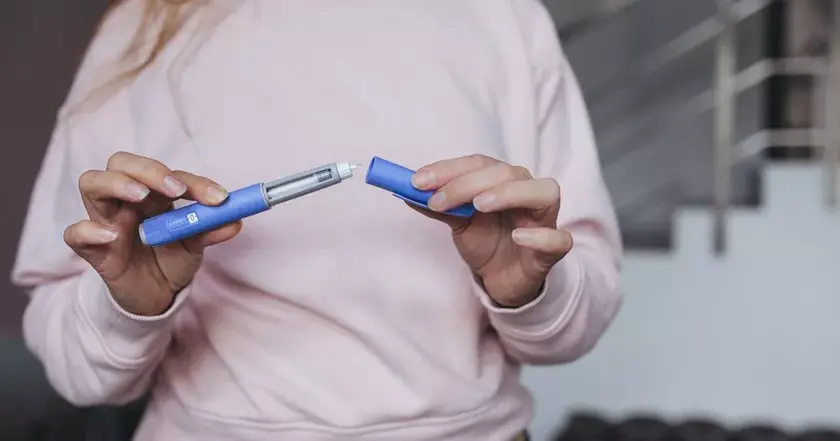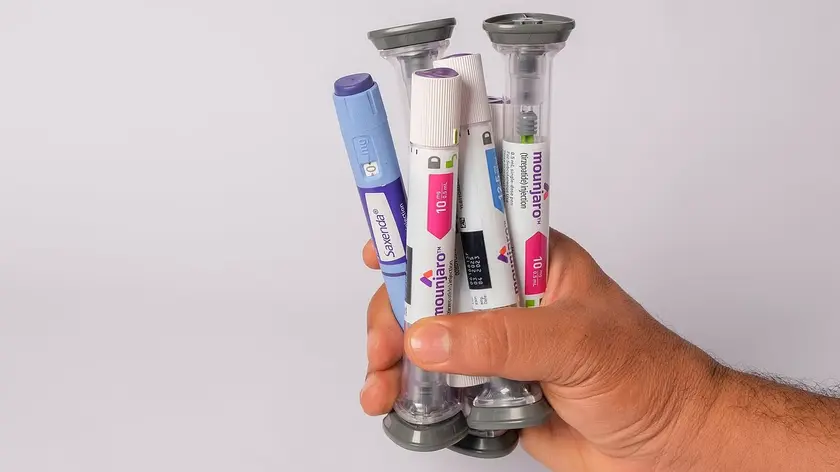T4K3.news
Weight loss jabs news
A practical look at how GLP-1 injections work, common mistakes, and what readers should know about results and lifestyle changes.

An editorial look at GLP-1 weight loss injections, how they work, why results vary, and practical mistakes to dodge.
Weight loss jabs examined with practical tips and six mistakes to avoid
Weight loss injections such as Wegovy, Ozempic and Mounjaro work by suppressing appetite and slowing digestion. Trials show that not all users respond: about 13% on semaglutide and about 9% on tirzepatide fail to lose at least 5% of body weight in the first three months. The drugs are not magic and seem most effective when paired with healthy food choices, regular activity, and medical guidance.
The piece also outlines six common mistakes. It covers how to use the pens correctly, including priming, checking for a drop, rotating injection sites between the abdomen, thigh and upper arm, and delivering the full dose. It warns against dosing right before a big event, skipping meals, not eating enough protein or fiber, dehydration, neglecting exercise, and stopping treatment too soon. It also highlights real life concerns like the time needed to see results and the risk of rebound if people quit early.
Key Takeaways
"GLP-1 medications can be powerful tools for weight loss, but they’re not magic."
Kirsten Davies, nutritionist at CheqUp
"These meds help suppress appetite, but also seem to reconfigure the brain to avoid unhealthy habits and prioritise better foods."
Dr David Huang, director of clinical innovation at Voy
"Taking the jab right before a takeaway or party won’t automatically stop you from indulging."
Jason Murphy, head of pharmacy at Chemist4U
"Stopping weight-loss treatment can lead to regained weight if lifestyle changes aren't in place."
Mr Thakrar, Well Pharmacy pharmacist
Editors note the appeal of a simple fix clashes with medical reality. The article shows that social media chatter about non responders reflects real frustrations, while doctors emphasize a need for a plan that couples medication with diet and exercise. This tension matters because it shapes how readers weigh risks, costs and expectations.
There is a policy angle too. Access and affordability can determine who benefits from GLP-1 therapies, and public reaction may grow if prices or insurance coverage shift. The piece hints at broader debates about subsidy, equity and long term health outcomes, not just another weight loss trend.
Highlights
- GLP-1 meds are tools, not magic.
- Results take time and a plan, not a quick fix.
- Rotate injection sites or you’ll slow the medicine down.
- Stopping treatment early invites a quick weight rebound.
Access and affordability concerns around GLP-1 weight loss injections
The article hints at questions about who can afford or obtain these medications, which may affect health equity. If prices stay high or coverage remains limited, public reaction could grow and investors may face regulatory pressure.
As science evolves, patient education and sustained lifestyle changes remain key to lasting outcomes.
Enjoyed this? Let your friends know!
Related News

Mum collapses after using weight loss jabs before holiday

Influencer hospitalized after weight loss drug overdose

Morrisons launches weight loss jab subscription service

Weight loss injections gain popularity in treatment

Weight loss drugs entering a new era

Experts share foods that replicate weight-loss drug effects

Dr Ellie Cannon health Q&A

Karren Brady star reveals new look
